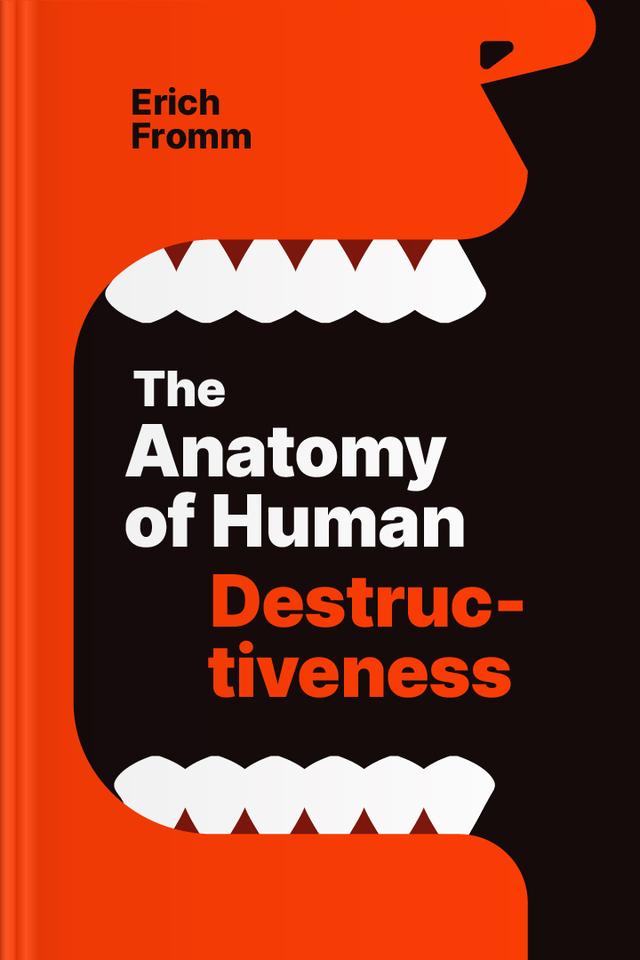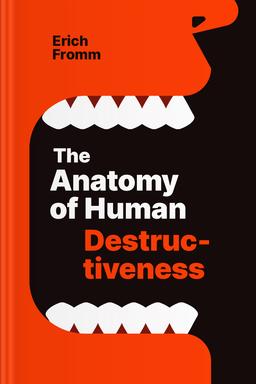You’ll learn
- Why cruelty is not innate in humans
- How unfulfilled passions impact behavior
- Civilization’s role in shaping destructiveness
- The complex nature of human instincts
russia has launched a full-scale war in Ukraine. Donate to support Ukraine and protect the world’s peace.

first KEY POINT
Erich Fromm shows that the popular explanations for human aggression do not capture its true nature. In 1966, Konrad Lorenz, an Austrian zoologist, popularized the idea that humans have innate instincts for destructive and sadistic behavior. Thus, there is little we can do to change this outcome. B. F. Skinner, an American psychologist, proposed the behaviorist theory that shifted the explanation from instinct to behavior and social conditioning. The problem with these explanations is that they offer only one possible reason for human destructiveness.A third explanation identifies two forms of aggression in humans. The first type, benign aggression, involves self-defense, and humans share this with all other animals. It is called benign aggression. The second is called malignant aggression, and it is peculiar to humans. It comes from a lustful desire to inflict harm or cruelty on another person or thing.
In this summary, you will find an analysis of the nature and conditions of this malignant aggression. This distinction will also clarify how instinct and character are alike and different.Among humans, the degree of these existential needs differs. Each person is driven by love or destructiveness depending on their social circumstances. These circumstances also depend on a person’s instinctive drive, so we cannot offer a simplistic explanation for human destructiveness.Questions about the conditions of human existence lead to questions about human nature. What does it mean to be human? This question is often transferred to philosophy and religion for metaphysical answers. However, in this summary, to be human will be seen in terms of the anatomical and neurophysiological structure of man that can be subjected to empirical analysis.Four general premises you will find in this study are:• Aggressive behavior is inseparably linked to its motivation. We cannot separate the behaving man from the behavior.
• Aggressive impulses are more unconscious than they are conscious.
• There is a somewhat stable character structure under which aggressive behaviors are subsumed.
• It employs the psychoanalytic method of study from the revised version of the theory of psychoanalysis.The inquiry into human destructiveness is imperative at this point in history because violence is at an all-time high.
second KEY POINT
Sigmund Freud was the first modern psychologist to scientifically study human passions like love, hate, ambition, and sex and discover that they are different from instincts. However, a shortage of terminology at the time made him describe these passions as outcomes of human instincts. Thus, Freud’s theory is often confused as supporting instinctivism.

Continue reading with Headway app
Continue readingfirst KEY POINT
second KEY POINT
third KEY POINT
fourth KEY POINT
fifth KEY POINT
sixth KEY POINT